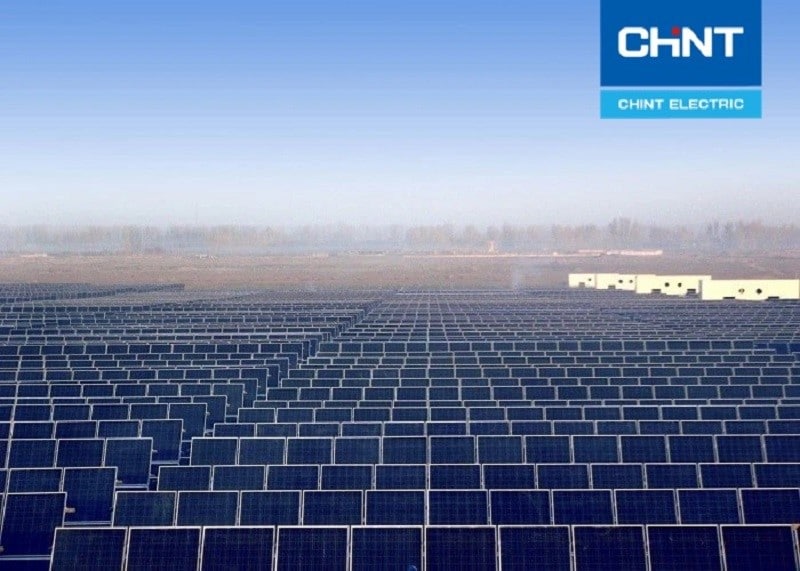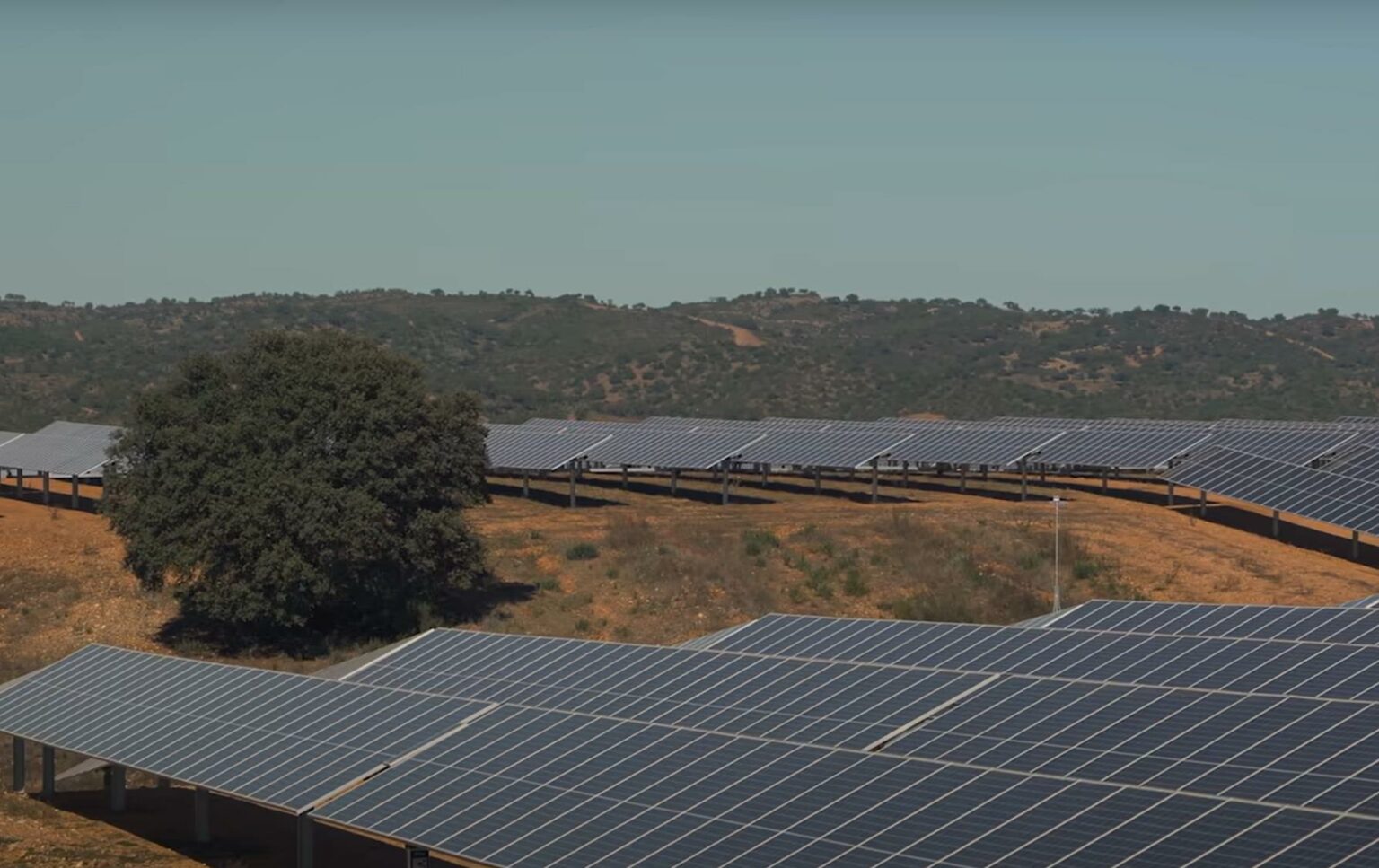Table of Contents |
The continuous rise in energy billing costs and the carbon footprint that most traditional power sources leave behind as fallout residues are the most relevant reasons why people are turning to renewable energy sources, such as solar panels.
However, for a solar system to return your initial investment and save you significant amounts of money for the years to come, you must tend to it with proper solar panel maintenance and cleaning.
How to maintain your solar panels?
Fortunately, solar panel maintenance is quite an easy task, provided you do it regularly and correctly. Proper maintenance ensures your solar panels will last for decades, returning your investment several times over, plus saving you a significant amount of money. The most crucial maintenance duty comes with cleaning.
Dirt, dry leaves, muddy smudges, and other kinds of debris usually pile up on your PV cells, especially after a storm or during extended periods of drought. Whenever the total surface of your solar panels is not completely clean and free of debris, the absorbed sunlight will be less than optimal, generating less electrical current.
You could approach this solar panel cleaning much as you would with car-washing. No abrasive materials, warm water, dish soap, and a brand-new sponge (smooth side) or piece of clean cloth – using a squeegee might come in handy to remove all the excess dirty water. Remember to protect the PV cells’ surfaces from scratches at all costs.
How often do solar panels need maintenance?
Besides cleaning duty, there are two other types of solar panel maintenance tasks you might consider, and here’s how often you could tackle them.
Cleaning
The cleaning frequency will ultimately be relative to the landscape and weather conditions. Usually, you can do some thorough cleaning about twice a year, or more, as needed. If you live in an area that gets lots of rain and your panels don’t collect much debris, once a year will suffice. The answer will depend on your inspections.
Inspection
In this case, a professional (usually someone from the company that installed the solar panels for you) will come once a year to check the entire solar system to verify that everything is working as expected.
Others
We can consider the first two tasks as preventive maintenance. However, if you notice anything out of the ordinary with your solar system, you can schedule corrective maintenance with the same professionals that perform your annual solar panel inspection.
How to tell when my solar panels need maintenance?
Besides the regular cleaning and annual inspections, solar panels won’t require much additional maintenance. Unless, of course, you catch any red flags.
The most relevant warning sign is an unidentified reduction in your total energy output, meaning your panels are not producing as much energy as they should. In this case, schedule an appointment with professional inspectors as soon as possible.
The cost of maintaining solar panels
Solar panel maintenance is both easy to perform and remarkably inexpensive. On average, a solar energy system will cost the owner roughly $450 per year (in this case, we considered one annual inspection and two cleaning sessions). If you have all the proper PPE (personal protective equipment), you could save $300 by doing the cleaning duties yourself.
However, if you’re not used to working on roofs, paying these professional fees is safer and more convenient. Lastly, these costs might be higher in case of PV cell damage or if you live in an area that requires constant solar panel cleaning.
CHINT Solar Solution
5.1 CHINT Off-Grid PV System Overview
Like all off-grid energy solutions, the CHINT Off-Grid PV System provides an alternative power generation source not connected to your electric grid, meaning the solar system doesn’t factor in your electric billing calculation. It consists of three simple steps:
- The solar panel absorbs sunlight during the daytime thanks to the photovoltaic (PV) cells, ordered in arrays for optimal performance.
- PV cells produce a type of electrical current called direct current (DC) – at this stage, you can power DC appliances and circuits.
- An inverter transforms the DC into AC (alternating current), the kind that powers most home appliances and circuits, providing a clean alternative power source not connected to the grid.
With that in mind, solar energy applications are endless: remote villages, islands, plateaus, farming areas, and much more. Even in the industrial niches, solar energy is an excellent pick for communication silos, satellite relay broadcasts, GPS navigation systems, highways, and borderlands.
5.2 Tech Specs
- PV Modules: regardless of model, all PV modules come with 60-72 cells, measuring either 1648x990x35mm or 1954x990x40mm. The PolyCrystalline model has a module efficiency of up to 18.5% and a power output of 255Wp to 345Wp. MonoCrystalline and BlackSerie models, on the other hand, perform slightly better, with an efficiency index of up to 19.7% and a power output of 275Wp to 370Wp.
- Controller: using MPPT (Maximum Power Point Tracking) technology, this controller maximizes the solar system usage, providing an efficiency index of up to 95%, minimizing energy loss. This device has DC distribution capabilities, a monitoring alarm, and efficient battery management. All elements are modular in design.
- Off-Grid Inverter: this device achieves a power efficiency index of up to 85%, thanks to its specific off-grid design. The CPS-SI series transforms DC into AC with considerable overload capabilities and robust protection against all elements and harsh environments, such as extreme hot or cold weather, snow, wind, high altitude locations, etc.
- Solar Controller+Inverter: the CPS-SIC series seamlessly adopts all features from an isolated transformer, a solar controller, and an inverter, all in one. By using MPPT technology and an intelligent battery control system, this device integrates a low-frequency isolated transformer with a pure sine wave inverter, making it ideal for a wide range of household electrical appliances.
Conclusion
Solar panels require a bulkier initial investment when compared to other alternative power sources. However, they outperform and outclass all other options in the long run, especially if you commit to your solar panel maintenance.
The CHINT Off-Grid PV System provides a reliable power source, regardless of the project you have in mind. This solar panel is easy to install, clean, and maintain. With little effort, you can operate your solar panel at peak performance for several years, providing an eco-friendly and budget-friendly energy source.






.png)








